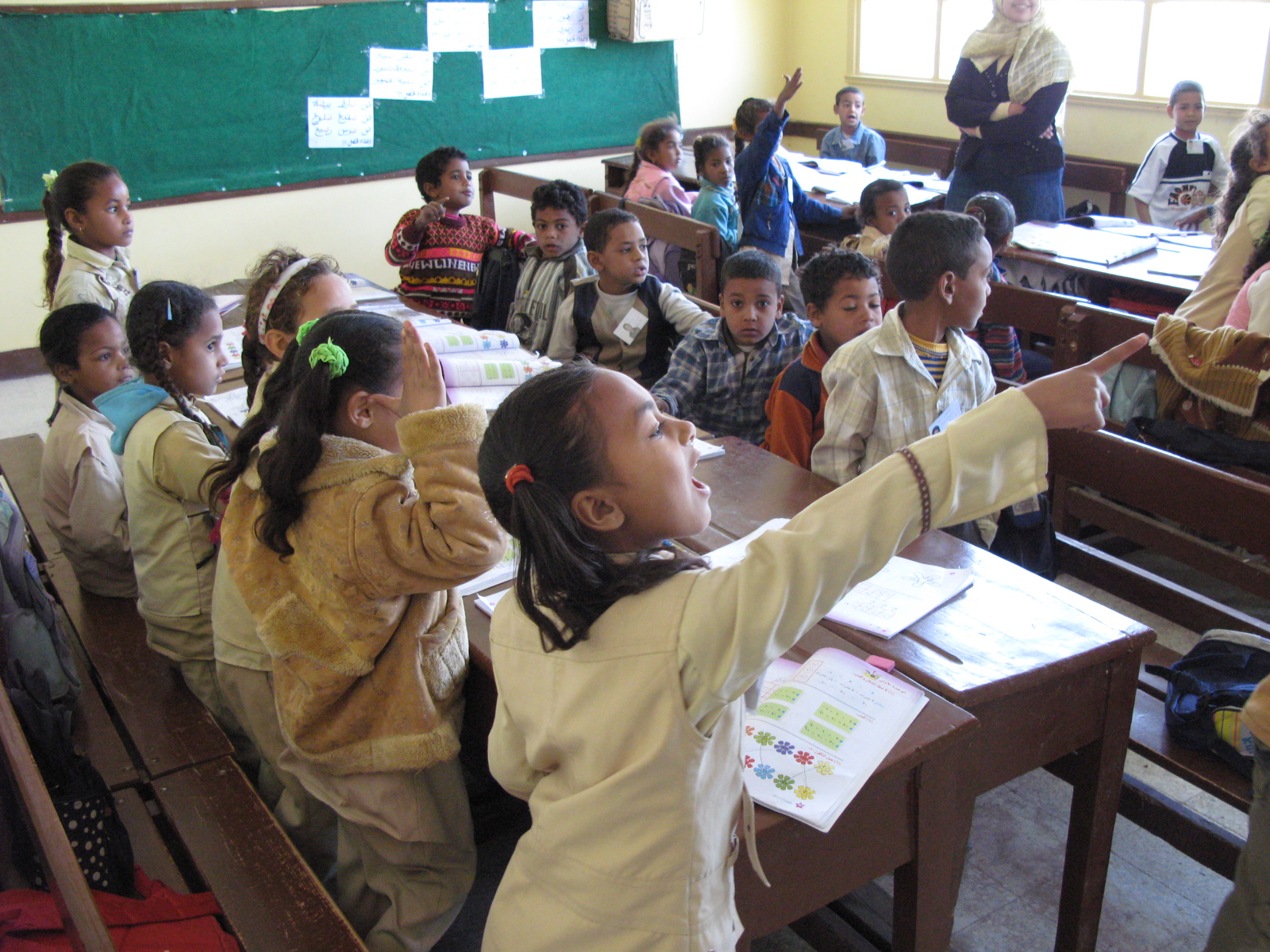With the academic year kicking off, schools, both public and private, are adapting to new COVID-19 restrictions in order to protect students and maintain educational standards.
The Minister of Education, Tarek Shawky, announced earlier this month, in a press release, that schools will proceed through a blended system, with students of grades 4 and above expected to physically attend school two to three times a week.
While at home, students are to tune in for live classes to be aired on designated TV channels. Those who have access to the internet will have the added advantage of viewing their courses and textbooks online. Grades 3 and under will not be learning virtually, instead they will be attending school four days out of five.
Mothers and teachers struggle with online learning
“I’m glad they’re going back to school – teaching my children online was extremely hectic,” said the mother of a seven and 11-year-old, Menna Mannaa “The school did a really good job at preparing, but it was almost impossible to sit my youngest down and get him through the curriculum.”
Perihan Osama, elementary art teacher and working mother of two, said she felt lucky to be taking a break until school begins. “I know other parents who are having an extremely difficult time managing their day job and teaching their children at home.”
It’s not that the children can’t manage on their own, Osama explained, it is the other unpredictable circumstances that come with online learning. “The internet’s down, the laptop’s not working, it’s impossible if parents aren’t there to fully monitor.”
On an educational level, Headmistress of Nefertari American International School (NAIS) Rania Shoeir said online classes definitely hindered their teaching ability. “I don’t think students grasped academic information like when they were in school, especially the younger ones,” adding that no student-teacher interaction played a major role in their ability to focus.
“Teaching art virtually is very challenging,” said Osama. “I don’t think I delivered everything I needed to, even when the first half of the year was in person. Not every household is going to provide all the supplies needed; I’m not just asking them to color inside shapes, I have a certain standard of teaching I’m trying to maintain.”
Osama is expected to wear a face shield while teaching in person and continue her lessons online during in-home days. “I don’t think it’s going to work at all, especially when students are applying methods that are new to them.”
Administrators struggle with managing schools amid COVID-19
“This has been the hardest time I have ever gone through in my history as an educator,” Shoeir recalled. “Especially when we were fully online, I was not relaxing and working from home, it was actually very stressful. Before I used to log out by 3 p.m., but during that time, every problem from technical to behavioural came my way.”
When Mannaa attended her children’s school’s orientation, they announced students will be attending school fully, despite the recommended capacity.
“I was worried at first, but when I saw the initiatives that were being taken, and I was definitely reassured,” said the mother of two. “Everyday my children are expected to wear masks inside class, and parents aren’t even allowed beyond the front gate.”

Her children’s school, like many private ones, have already equipped themselves with sanitizers, face masks, and new health procedures to maintain student safety, she said. “The moment they walk inside their temperatures are being taken and their hands are sprayed with alcohol.”
Even school gates are divided for different grade levels to enter through, with designated staircases for those coming up and those going down to avoid crowding the area, she added.
“We’re maintaining our school at 50 percent capacity, with different grade levels arriving on alternating days,” said Shoeir. “We’re ending the school day earlier because we canceled recess and are only offering ten minute breaks between classes where students can eat and talk without physical interaction.”
Expenses rise, as does risk of infection
But with these new procedures, schools have ranked up their tuition fees, accommodating for the heavy sanitation expenses.
“From a business perspective, I get it. There are now thermometers everywhere and masks being passed out,” said Mannaa. “But there are also parents who lost their jobs or businesses that went under, so I can imagine how stressful that could be.”
Besides the school fees, parents are now expected to provide for everything that the school would’ve normally supplied. “Everything’s on you now, from pencils to sharpeners to art supplies and books, even more so than before COVID because our children can’t share anything anymore, not with each other and not from the school itself,” explained Mannaa.

“We’ve spent over EGP 200,000 (USD 126,000) on sanitation supplies just this year,” said Shoeir whose school is keeping tuition similar to last year’s standards. “Every matron has an electronic thermometer, every worker is provided with a new mask upon entry, and all buildings are being wiped at least twice a day.”
Despite all efforts, Shoeir said there are some parents who will not let their children go to school unless a vaccine is fully developed.
While private schools now in session, public and language schools have yet to begin their academic year, with Minister Shawky announcing their reopening on 11 October.







Comments (0)